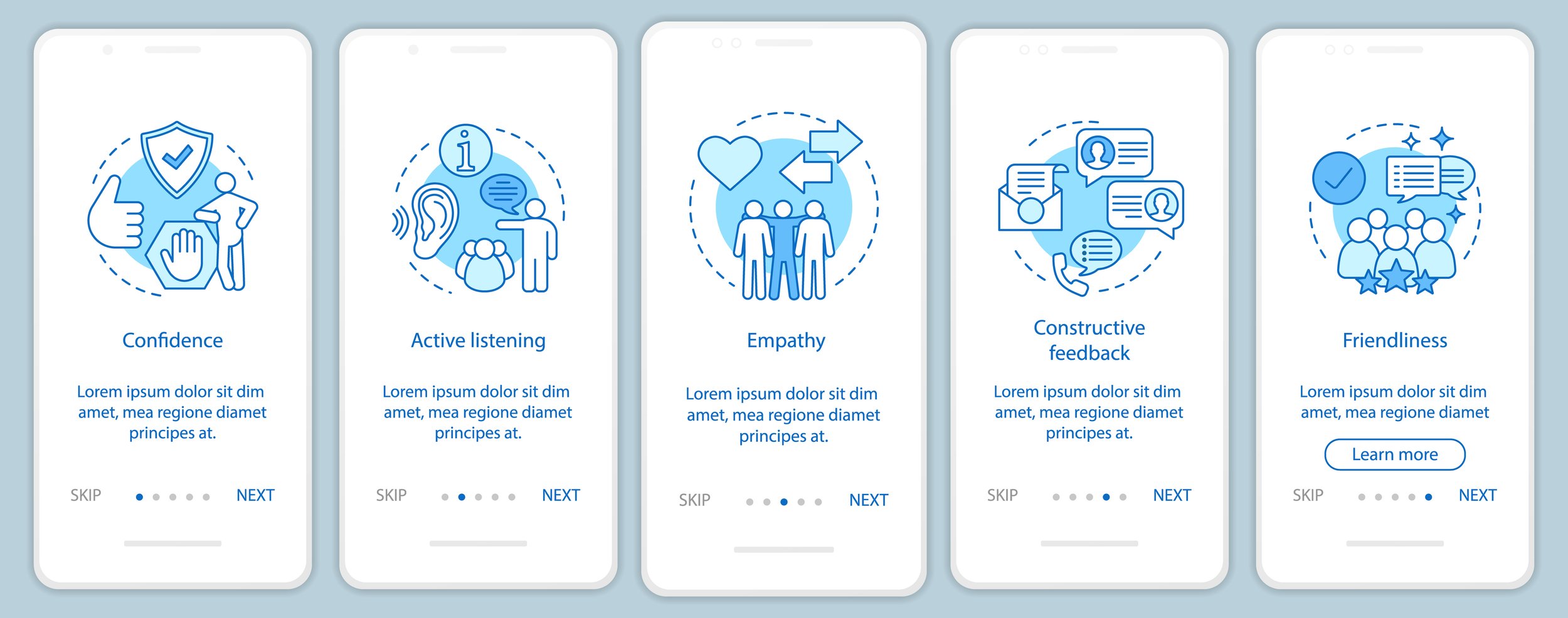The Significance of Empathy in UX/UI Design: Unveiling the Profound Impact on User Experience
The Significance of Empathy in UX/UI Design: Unveiling the Profound Impact on User Experience
In the ever-evolving landscape of user-centered design, it has become increasingly evident that empathy plays a pivotal role in creating meaningful and impactful products. A fundamental aspect of successful UX/UI design lies in understanding the needs, desires, and emotions of users. By developing empathetic design practices, designers can forge a deep connection with their target audience, leading to the creation of solutions that truly resonate with users. In this comprehensive exploration, we delve into the essence of empathy in UX/UI design, understanding its core principles, how it impacts the design process, and its significant implications for the overall user experience. Through a detailed examination of its various dimensions, this article aims to shed light on why empathy is a critical skill for designers and how it can be nurtured and applied to enhance the quality of design outcomes.
What Is Empathy in UX/UI Design?
Before delving into the profound significance of empathy in UX/UI design, it is essential to grasp the true meaning of the concept. Empathy is the ability to comprehend and share the emotions, feelings, and perspectives of others. It transcends mere sympathy and involves actively putting oneself in the shoes of the user to gain a deeper understanding of their experiences and challenges. By embracing empathy, designers can bridge the gap between themselves and users, thereby crafting designs that cater to genuine user needs, surpassing the boundaries of their own creativity and self-expression.
The Power of Empathy in UX/UI Design
A Deeper Understanding of User Needs:
Empathy enables designers to perceive the world through the eyes of their users. By immersing themselves in the users' experiences, emotions, and thought processes, designers gain profound insights into their needs and pain points. This understanding serves as a solid foundation for designing intuitive and user-friendly interfaces that cater to real-world user requirements.
Enhancing the Design Process:
An empathetic approach positively impacts the design process, facilitating a more collaborative and user-focused environment. Designers who empathize with their target users are more likely to actively involve them in the design process through various user research methods. This collaborative approach ensures that the end product is aligned with user expectations, leading to higher user satisfaction and engagement.
Designing Inclusive Solutions:
Empathy helps in acknowledging and addressing the diverse range of users and their unique requirements. It promotes the creation of inclusive designs that cater to people of varying backgrounds, abilities, and preferences. Designing with empathy ensures that products are accessible and usable for a broader audience, fostering a sense of inclusivity and belonging.
Developing Empathy in UX/UI Designers
Cultivating Active Listening Skills:
To become more empathetic designers, it is imperative to be attentive and receptive to user feedback. Actively listening to users' concerns, desires, and experiences allows designers to gain valuable insights that can shape the design process in a user-centric direction.
Sharpening Observation Skills:
In-depth observation of user behavior and interactions with a product is crucial to understanding their unarticulated needs and pain points. Designers should keenly observe how users interact with interfaces, identifying areas of frustration or delight to guide design improvements.
Seeking Input from Others:
Collaboration is a powerful tool for fostering empathy. Designers should seek input from team members, stakeholders, and users at various stages of the design process. Diverse perspectives lead to a richer understanding of users' needs and preferences, ensuring that the final design resonates with a wider audience.
Adopting a Humble Mindset:
Empathy flourishes in an environment where designers acknowledge that they do not possess all the answers. Embracing humility allows designers to approach their work with an open mind, embracing feedback, and continually striving to improve the user experience.
Embracing User Research:
Conducting thorough user research is indispensable for empathetic design. By engaging directly with users and involving them in the design process, designers can gather valuable insights and validate design decisions, ensuring that the end product fulfills real user needs.
Conclusion
In conclusion, empathy is an indispensable element of successful UX/UI design, anchoring the entire process in understanding, compassion, and inclusivity. Empathetic designers are better equipped to discern user needs, paving the way for more intuitive and enjoyable user experiences. By actively fostering empathy through listening, observation, collaboration, and humility, designers can elevate their skills to create products that resonate deeply with users, fostering long-lasting connections and loyalty. Empathy in UX/UI design is not only a skill but a mindset that cultivates meaningful interactions between designers and users, ultimately leading to a world of user-centric design and innovation. As the design industry continues to evolve, the significance of empathy will only grow, solidifying its position as a cornerstone of successful and impactful user experiences for years to come.



